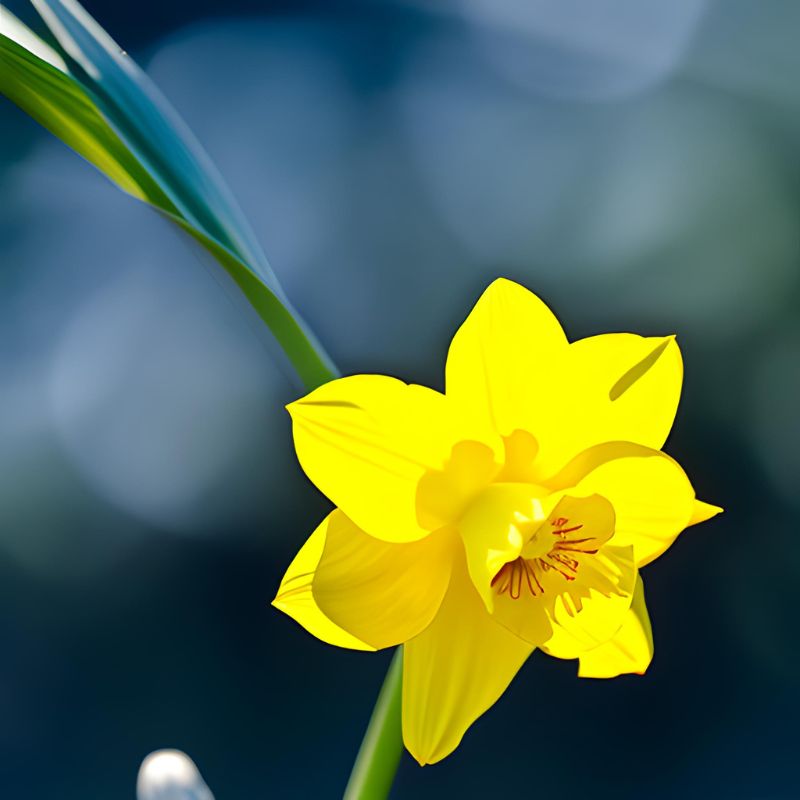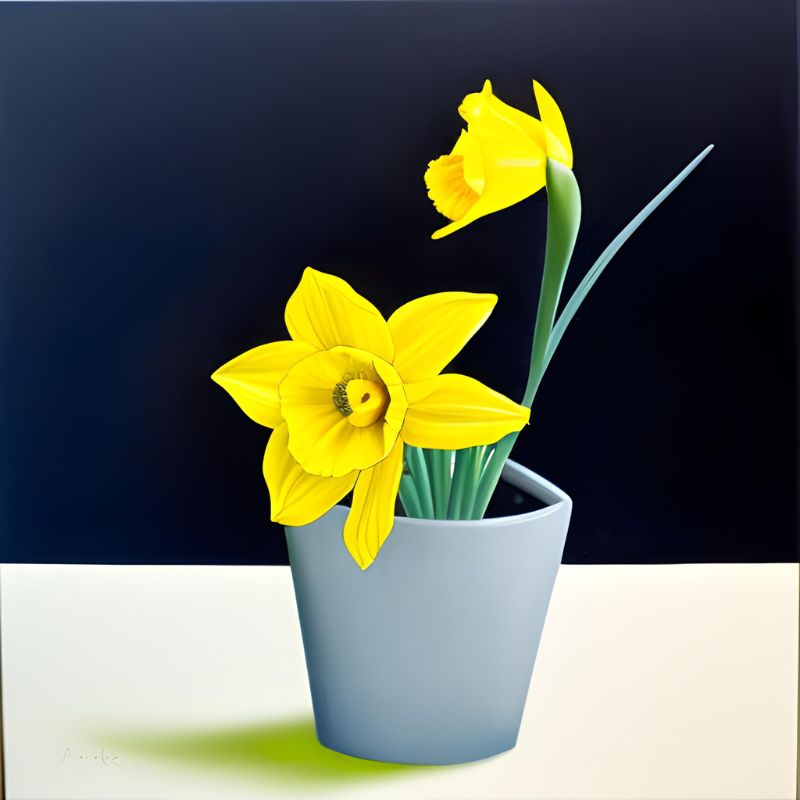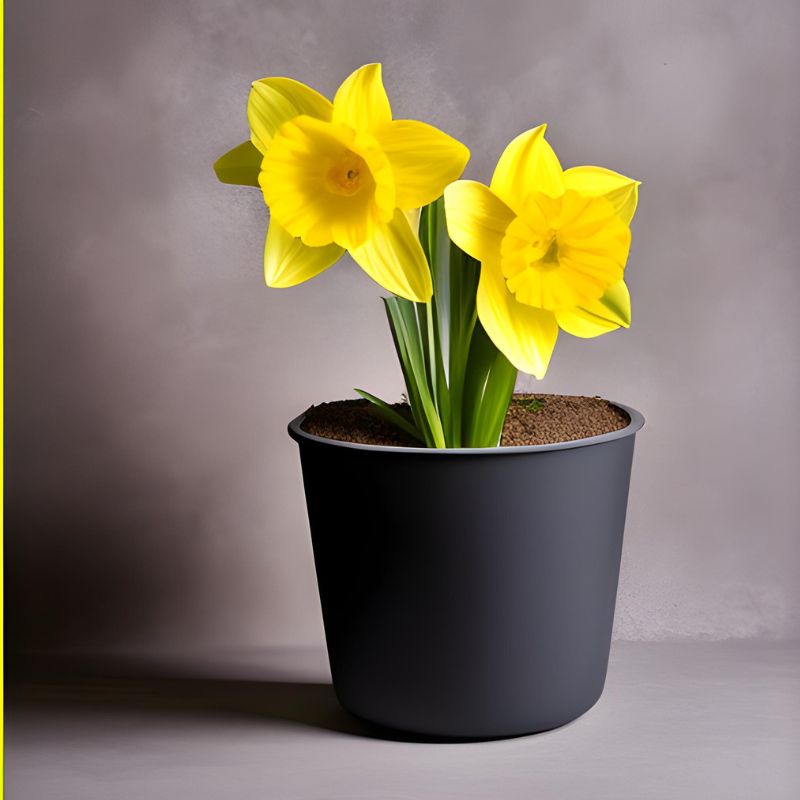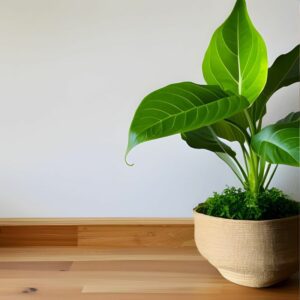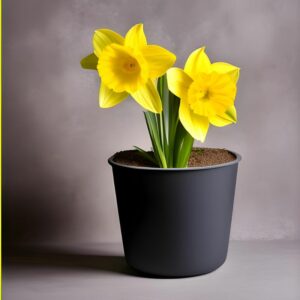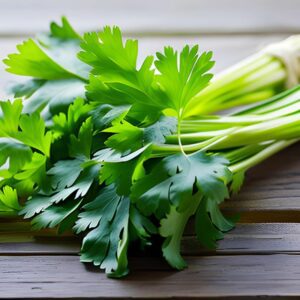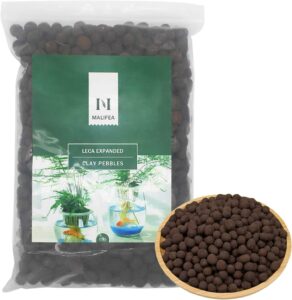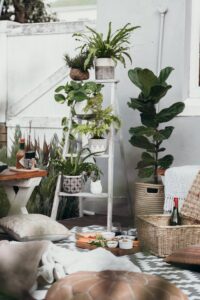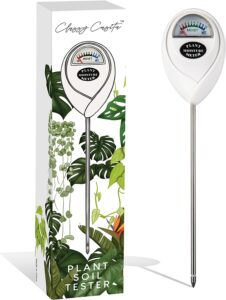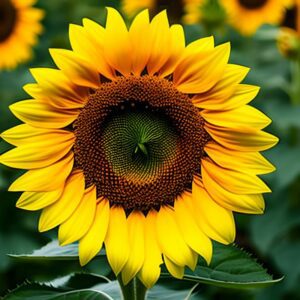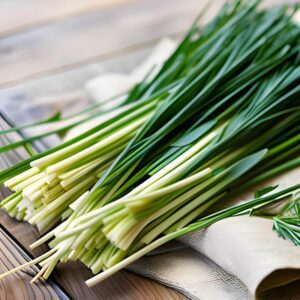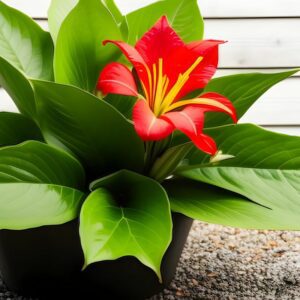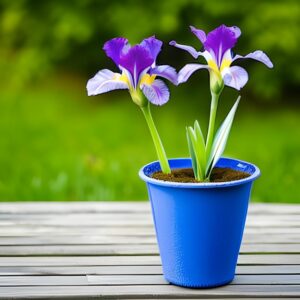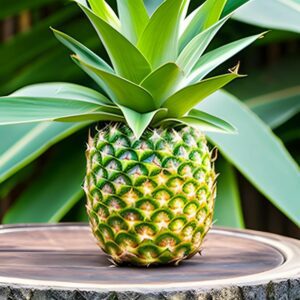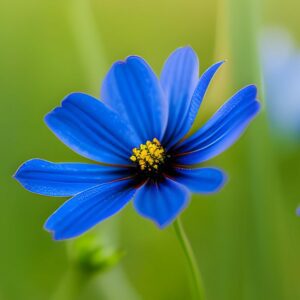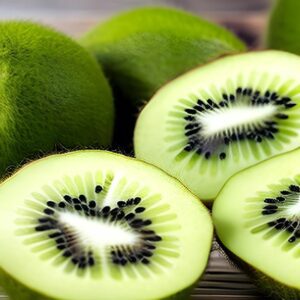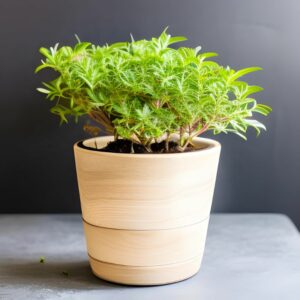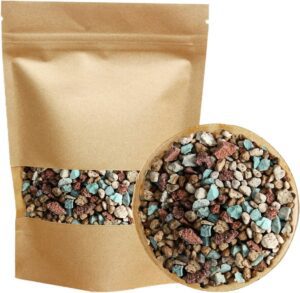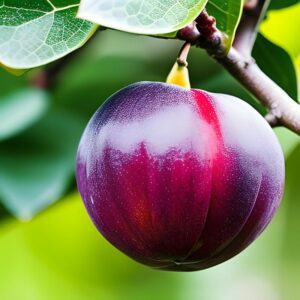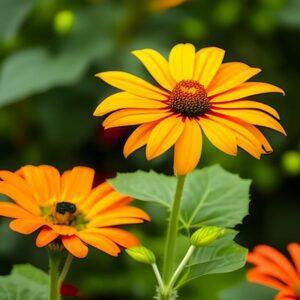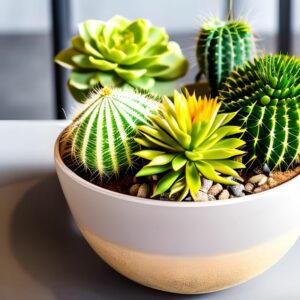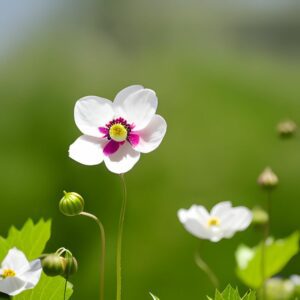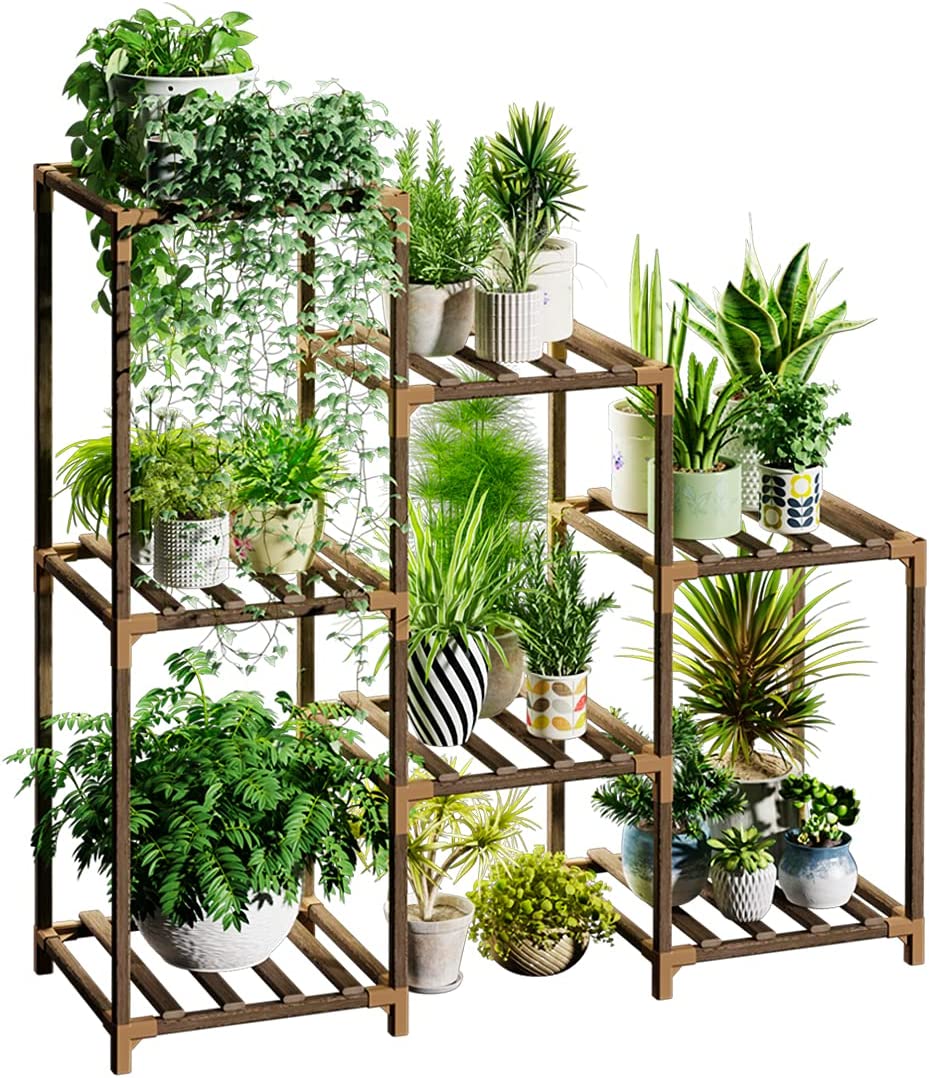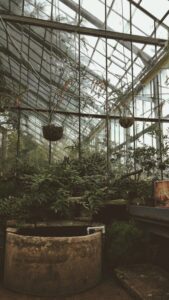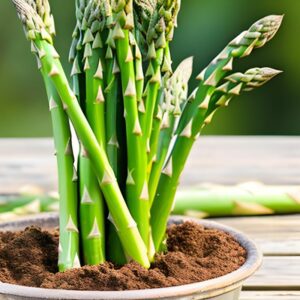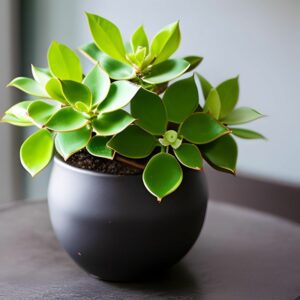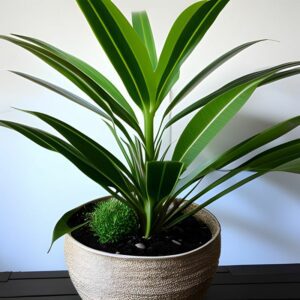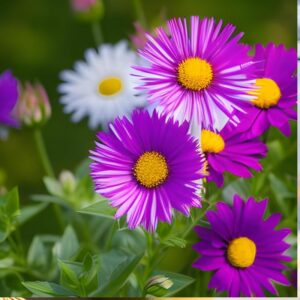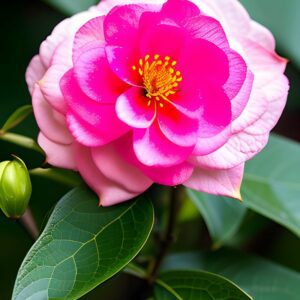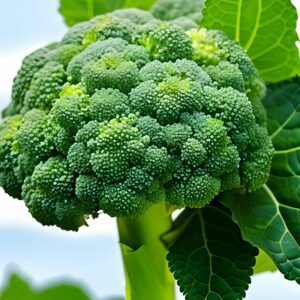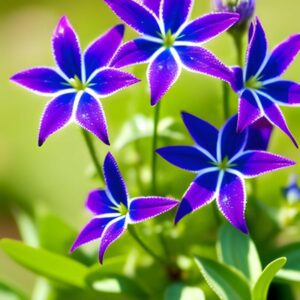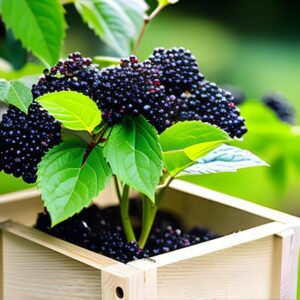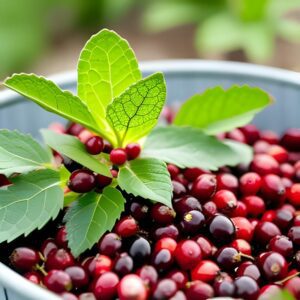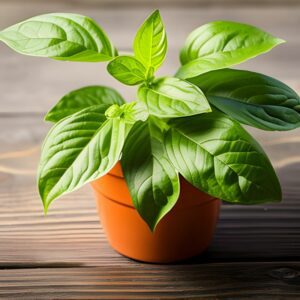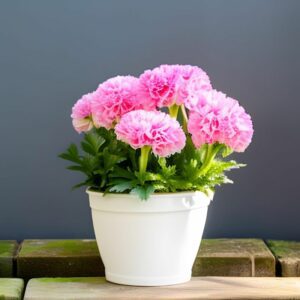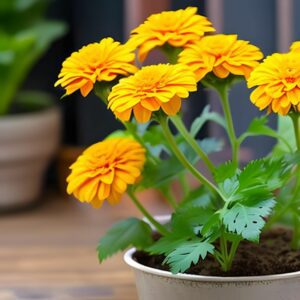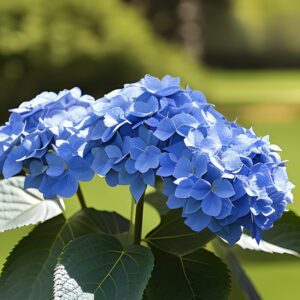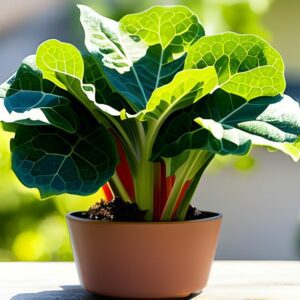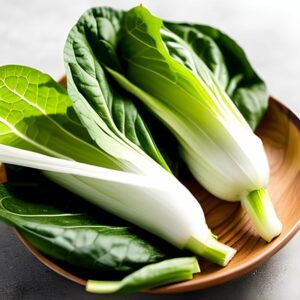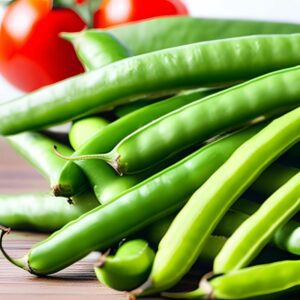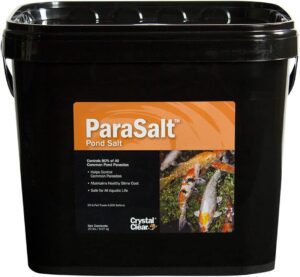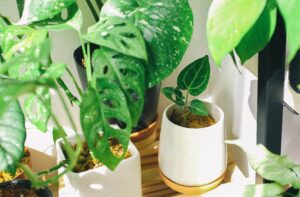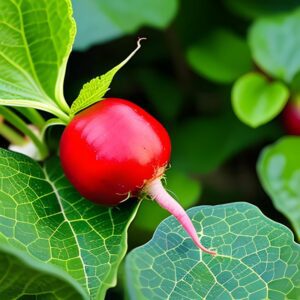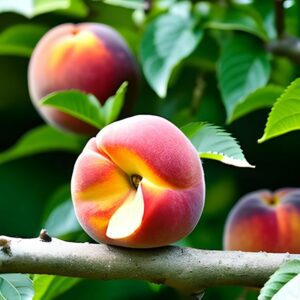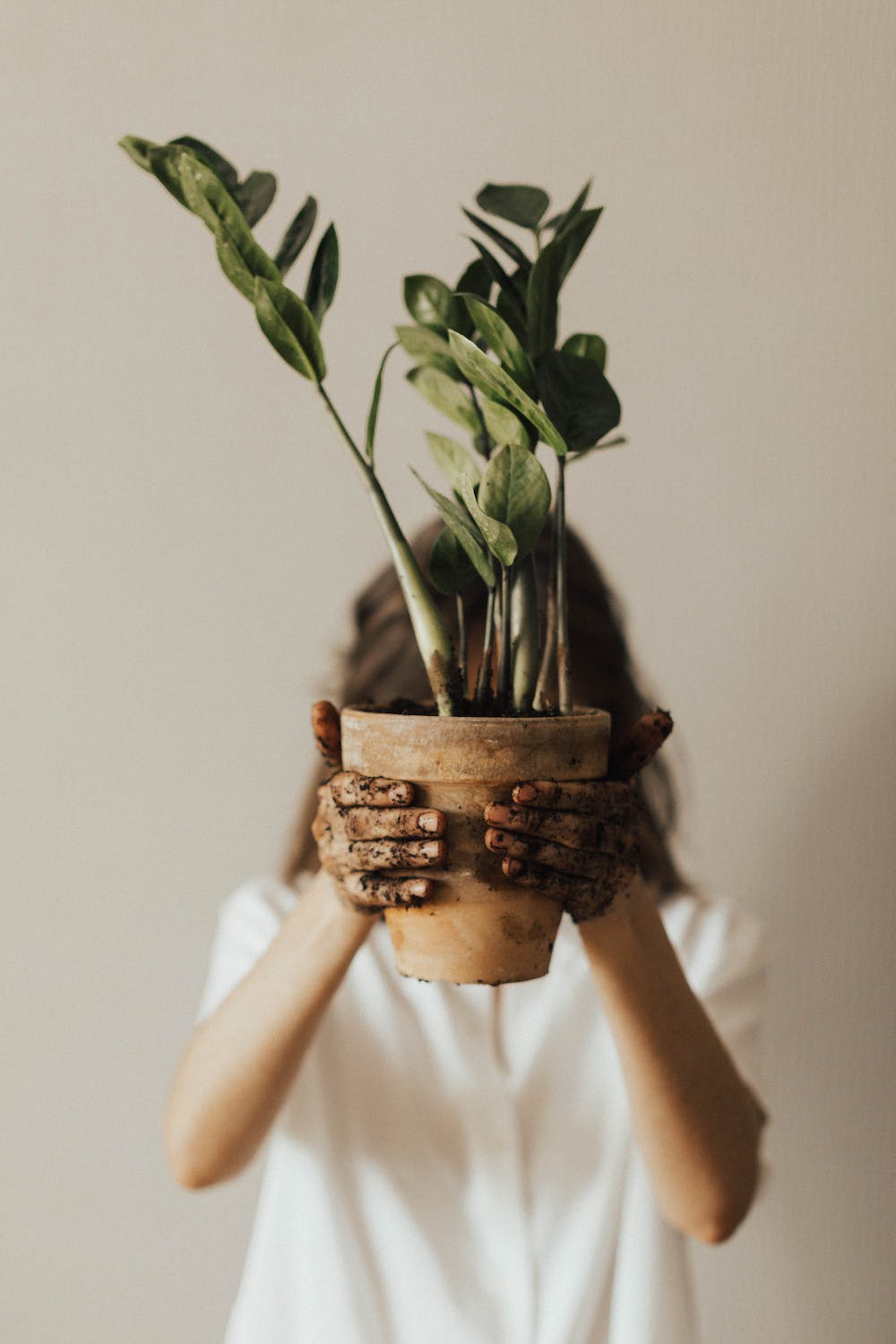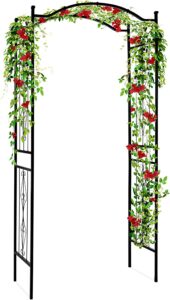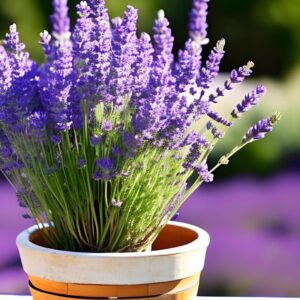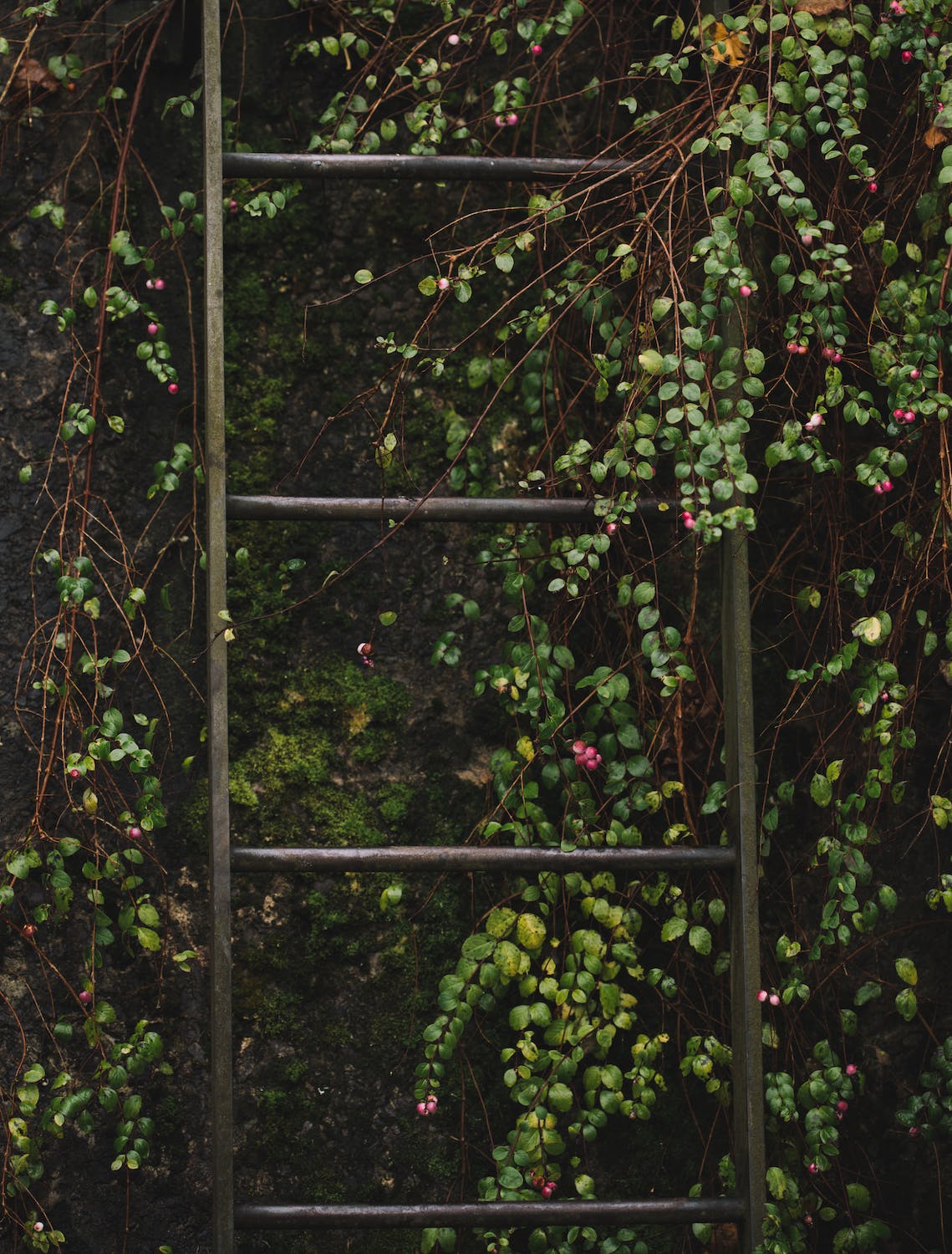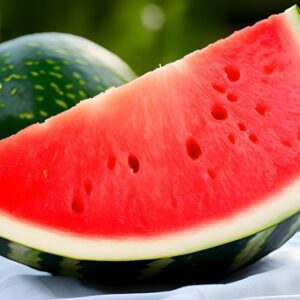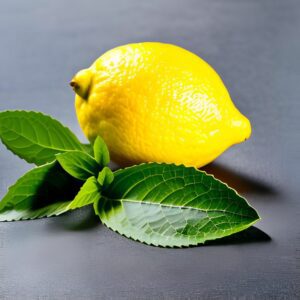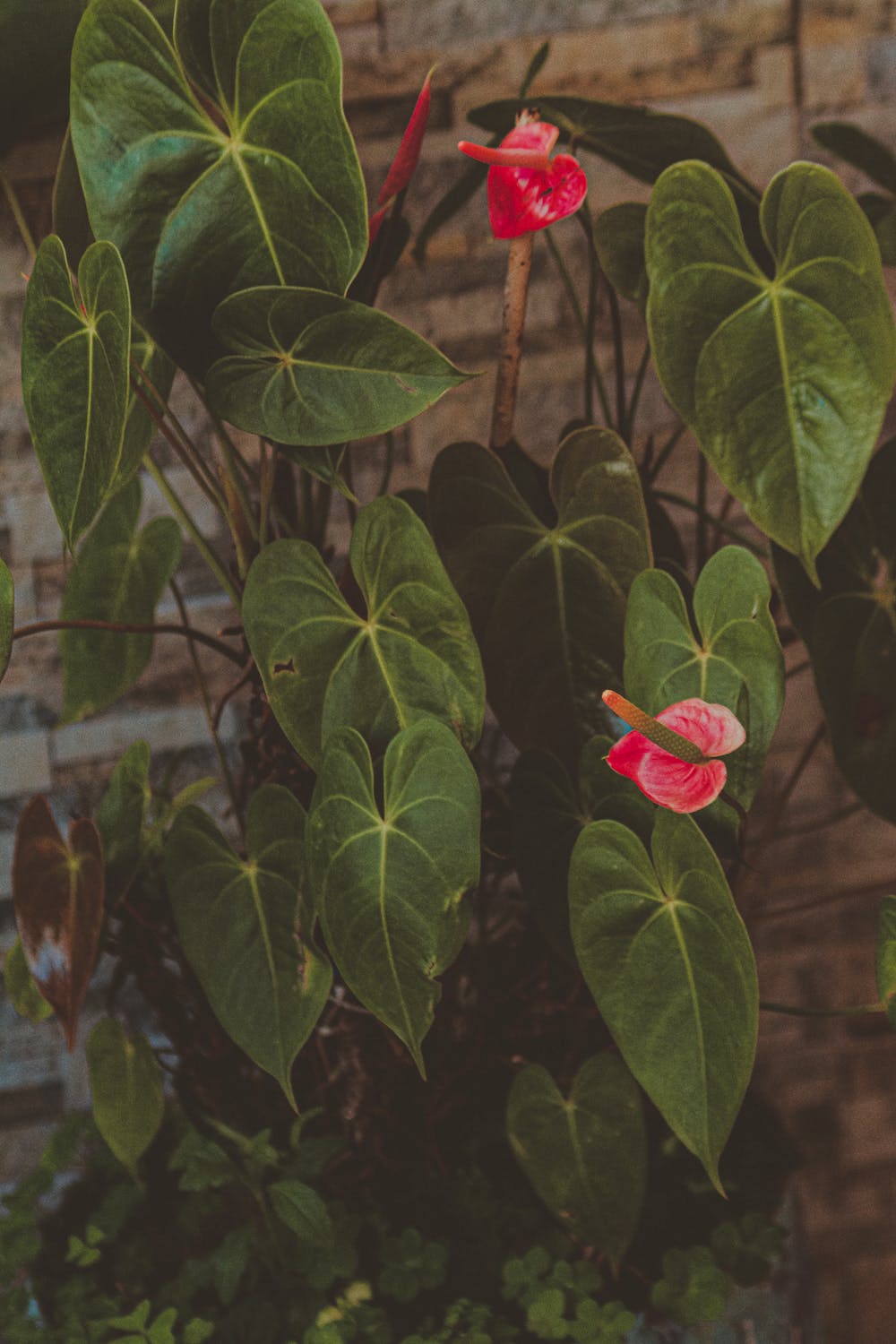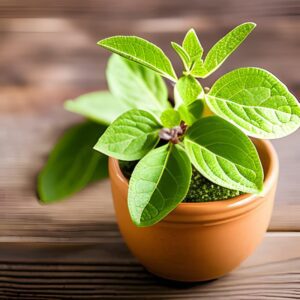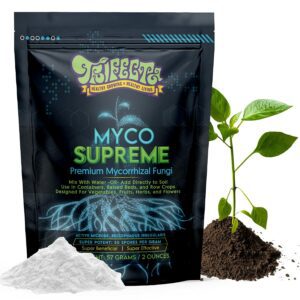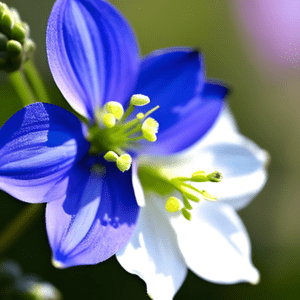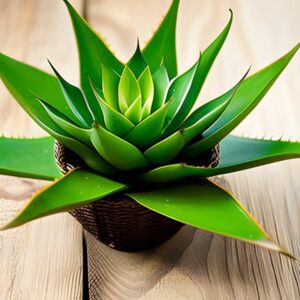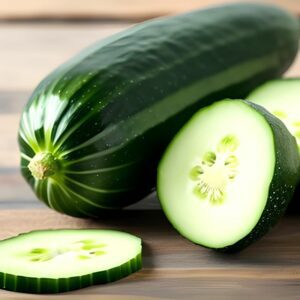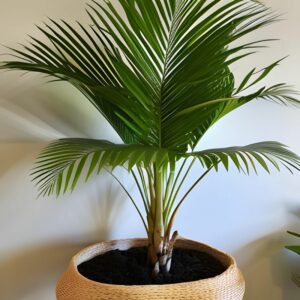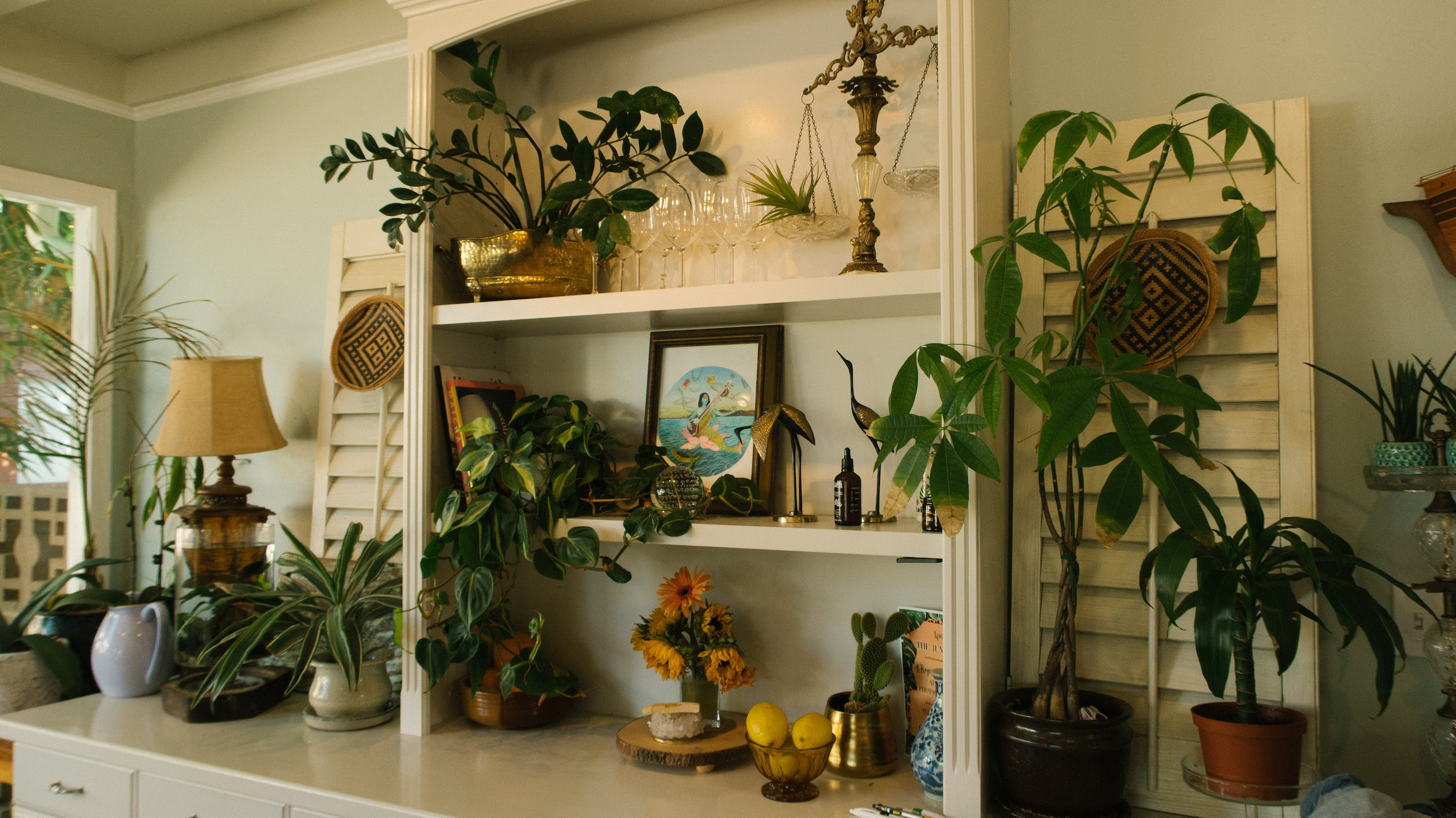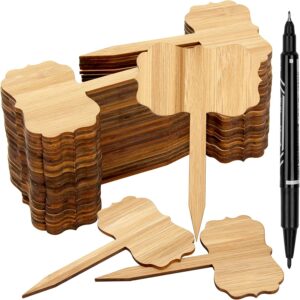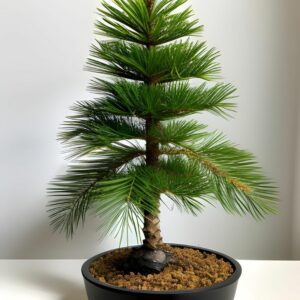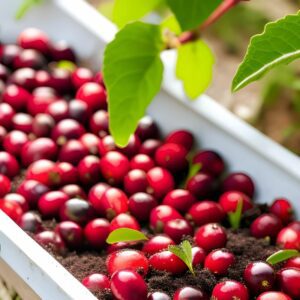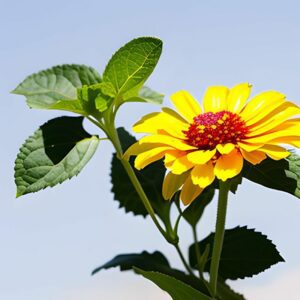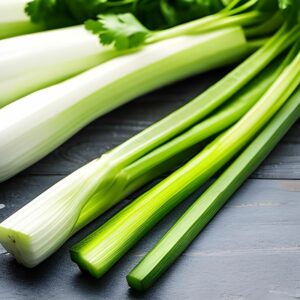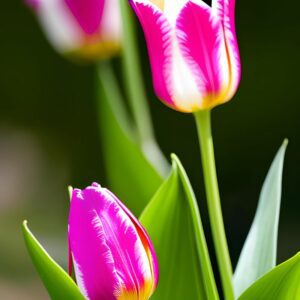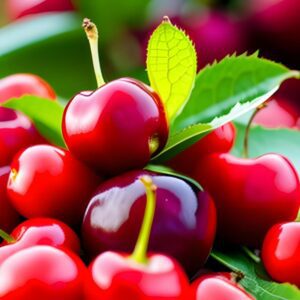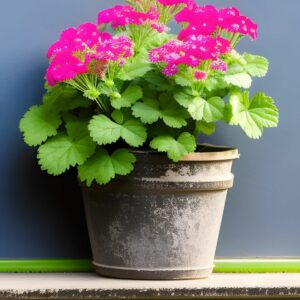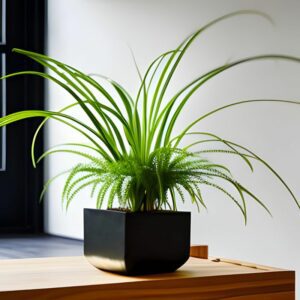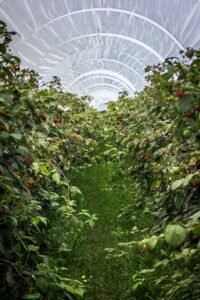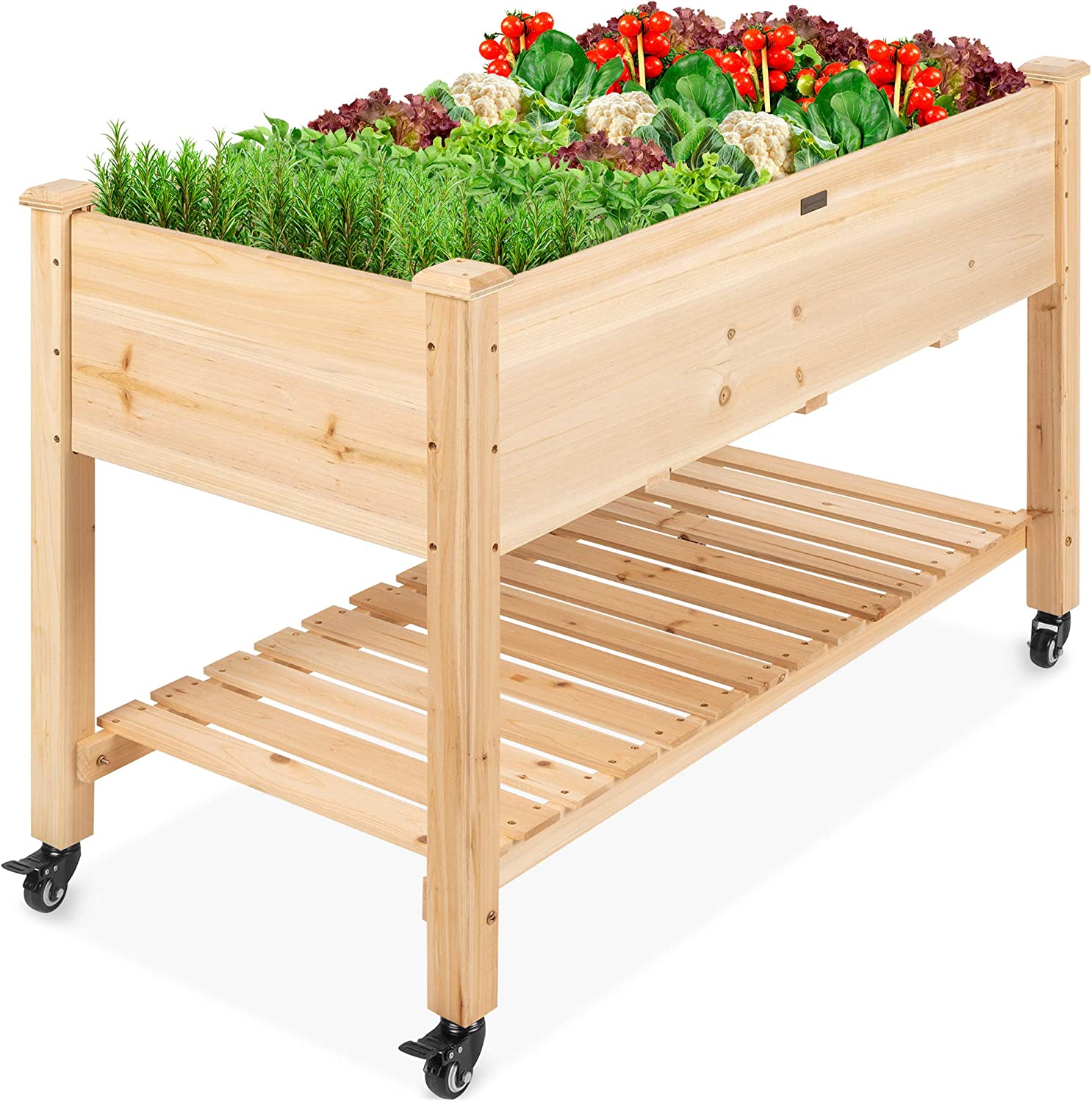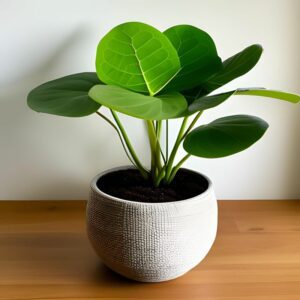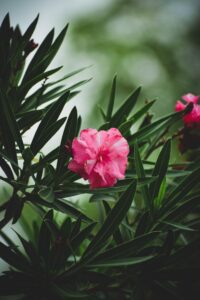Daffodil
Flowers
- Europe, North Africa, and West Asia
- Easy
- 6-8 weeks
Introduction
Daffodils are beautiful and cheerful spring flowers that originated in Europe, North Africa, and West Asia. Known for their vibrant yellow, white, and orange hues, daffodils symbolize new beginnings and are a delightful sight in gardens and landscapes.
Plant Characteristics
Daffodils have trumpet-shaped flowers with six petals and a central corona. The flowers can come in various color combinations, including yellow, white, orange, and even pink. Daffodils typically grow on long, slender stems and have narrow, strap-like leaves.
Ideal Growing Conditions
Daffodils thrive in areas with full sun to partial shade. They prefer well-draining soil that is moist but not waterlogged. Daffodils are hardy and can tolerate cold temperatures. They go dormant in summer, requiring a period of rest.
Planting Guide
Plant daffodil bulbs in the fall, around 4-6 weeks before the ground freezes in your area. Choose a location with good drainage and sufficient sunlight. Plant the bulbs at a depth of 6-8 inches, with the pointed end facing upwards. Space the bulbs several inches apart.
Watering and Fertilizing
Daffodils generally do not require much additional watering once established. They rely on rainfall and moisture from the soil. However, if you experience extended periods of dry weather, provide supplemental watering. Fertilize with a balanced bulb fertilizer in the fall and spring.
Pruning and Maintenance
After the daffodils have finished flowering, allow the foliage to die back naturally. Do not remove the leaves prematurely, as they provide nutrients to the bulb for next year’s growth. Once the foliage has turned yellow and withered, you can gently remove it.
Harvesting or Flowering
Daffodils are primarily grown for their ornamental value and are not typically harvested. Enjoy their beautiful blooms in early spring, as they signal the arrival of the new season and add a burst of color to the garden.
Post-Harvest Care
Daffodils are long-lasting cut flowers. When cutting daffodils for indoor arrangements, make a fresh diagonal cut on the stem and place them in cool water. Remove any foliage that will be submerged in water to prevent bacterial growth.
Troubleshooting
Daffodils are generally resilient and not prone to significant pest or disease issues. However, they can be susceptible to bulb rot in poorly drained soil. Ensure proper drainage and avoid overwatering. Keep an eye out for slugs or snails, which may feed on the foliage or flowers.
Fun Facts
Daffodils are associated with spring and new beginnings. They are often used as a symbol of hope and renewal. Daffodils contain alkaloids that make them unpalatable to deer and rodents, making them a good choice for gardens in areas with wildlife.

